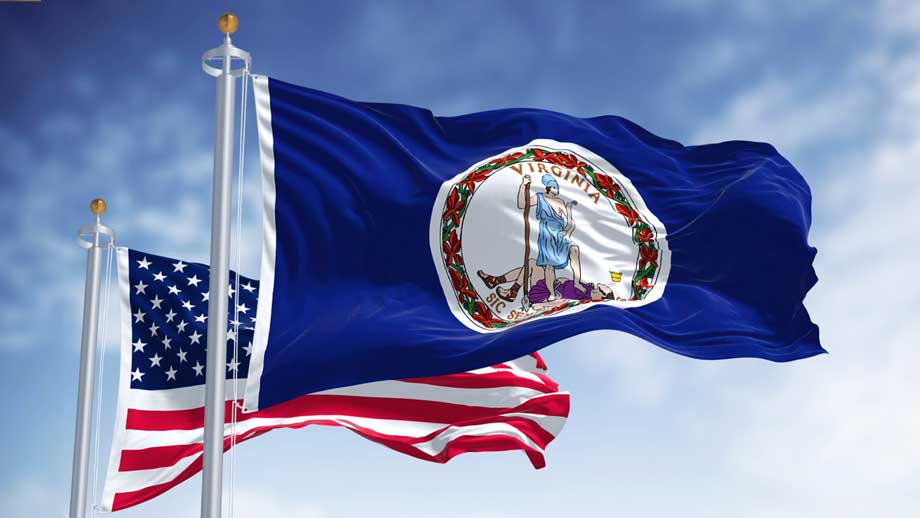The History of Pizza
Sometimes the best learning happens without lesson plans or lapbooks. Challenge your kids to learn something new about a random topic–like the history of pizza! It’s a proven fact that students retain more about a subject they find interesting, and even if they won’t use their new-found pizza facts to pass an SAT someday, the skills they’ll learn and refine through simple research can serve them well throughout their school career and beyond.
With this fun summer lesson you won’t even have to break for lunch!
Start by finding out where pizza came from. Students can check out websites like History.com and Wonderopolis.org to learn the origins of the earliest pizza and follow its journey from the streets of Naples to the sidewalks of New York.
Check out the pizzeria commonly known as the first pizzeria in the United States. Lombardi’s New York Pizzeria in Manhattan obtained its mercantile restaurant license in 1905, and is still in business today. Though the restaurant location has moved down the block from the original building, the coal oven used now was moved with the restaurant and is the same one used in 1905!
Any fan of pizza knows that there are a great many varieties and styles famous across the country. Take a look at these twenty mouth-watering pizzas from around the globe. You might even consider hosting a pizza lunch or dinner and allowing the kids to experiment with different varieties or create their own. That would be a pizza party too delicious not to share with friends and family!
These ten fast facts about pizza offer a quick timeline of pizza’s rise in popularity and availability, helping to show how it became the multi-billion dollar industry that it is today.
You’ve covered history and home economics without even realizing it, but what about science? You can find an application for that too! Check out this article from Live Science, “Italian Physicists Wrote a ‘Perfect Pizza’ Equation, Because not All Heroes Wear Capes.” It discusses the premise and results of a paper published by a team of physicists and food anthropologists, “The Physics of Baking Good Pizza” (pdf download). The paper itself is an interesting read for older students–and adults–even if the physics is a bit over their heads. And what kind of scientist would you be if you didn’t attempt to replicate the experiment and test the results?
Younger students will have tons of fun helping in the kitchen, but you can also check out these cool pizza-themed preschool ideas–including pizza art, a pizza toss game, and even sorting activities to help reinforce themes of nutrition and healthy eating–to help entertain young ones while still including them in this relaxed summer lesson.








